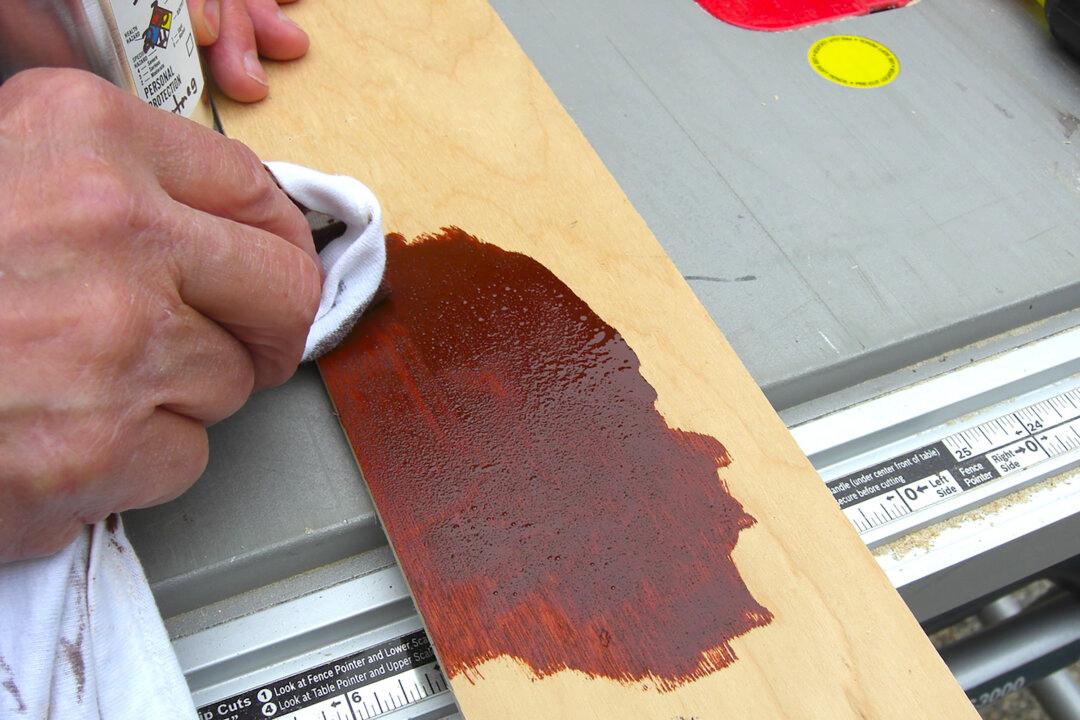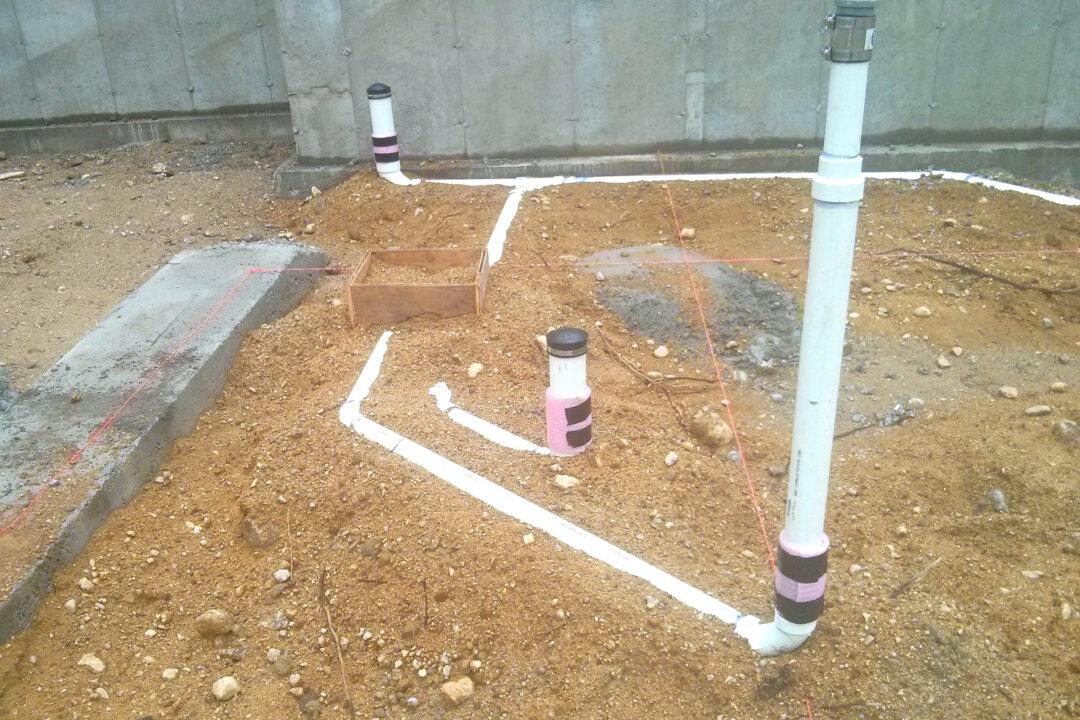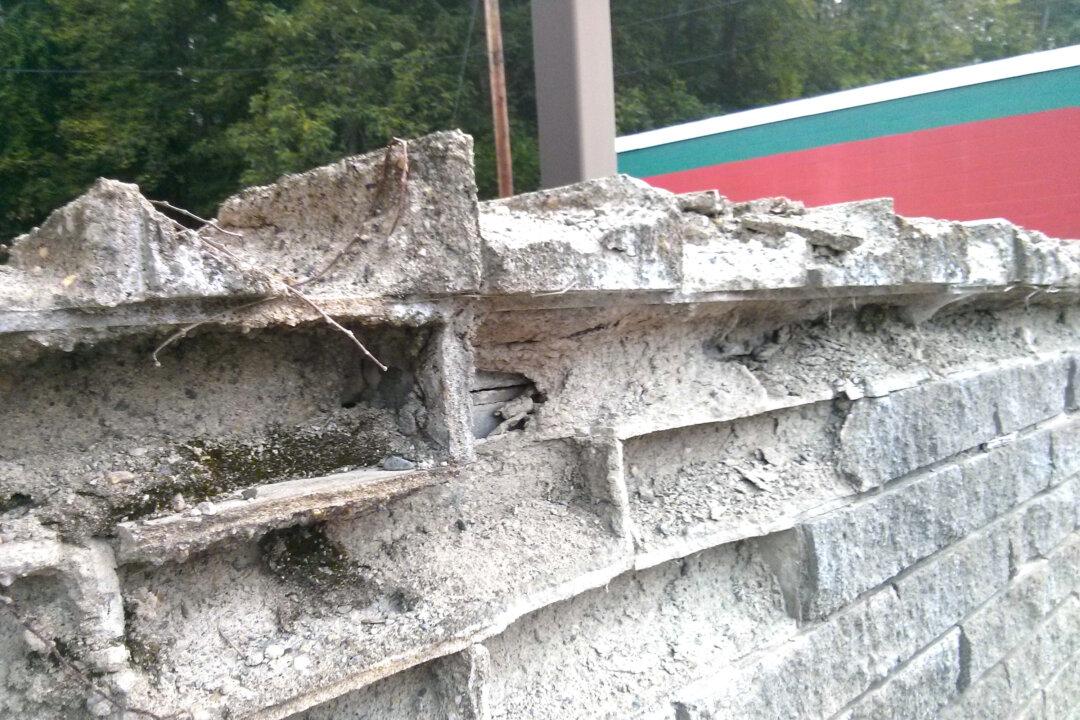Sarah reached out to me a few days ago. Six months ago, she had a new master shower installed with a marble tile floor. The pieces of marble are small 1-inch hexagons. Sarah’s finding impossible to keep the grout clean.
Fortunately, she uploaded a high-resolution photo of the tile floor via my Ask Tim page AsktheBuilder.com. That photo allowed me to zero in on what I believe is the source of the problem.
Sarah’s conundrum reminded me of a contentious email exchange I had with another reader about 10 years ago. That memory caused me to think long and hard about how I’d respond to Sarah. You see, all those years ago the other reader claimed I had ruined her tile floor.
Years ago, this woman had bought oxygen-bleach cleaner on my website. It’s the most powerful oxygen-bleach cleaner you can buy. She was using it to clean her wood deck. For whatever reason, she took her shoes off while cleaning the deck and got her socks saturated with the cleaning solution. She then walked back in her home with her wet feet across her tile floor.
This cleaning solution was so powerful that it could clean without scrubbing. That’s what happened when the woman tracked the solution across her kitchen floor. When the solution dried, her footprints were clearly visible. She insisted my solution had etched and ruined her tiles. She didn’t take it too kindly when I suggested that perhaps her kitchen floor needed a thorough cleaning.
Fortunately, she had a pantry closet with the same tile floor. I suggested that if she went into the corners of the pantry where no one ever walked, she’d see the original color of the tile. I never heard back from her.
Based on the photo that Sarah sent, it appears she, or the person responsible for cleaning the shower, isn’t doing it right. You tell me how I’m supposed to communicate that! Most people I know would react with flared nostrils. But I digress.

When I looked at Sarah’s photo, I could clearly see small flecks of dirt that were clinging to the grout. Sarah asked me in her email if the wrong grout had been used. The answer was absolutely not. It appears that the tile setter used a sanded grout. Once I zoomed into the photo, I could clearly see what appears to be tiny grains of milky silica sand. The silica sand makes the grout strong and very durable.
What often happens is the tile setter strikes the grout joints with the grout sponge and removes a bit too much grout. The top surface of the grout is now below the top surface of the tiles.
Cleaning, like many other tasks, requires that you use the correct tool for the job. In Sarah’s case, the cleaning person may be using the worst possible tool. For example, a sponge or scouring pad of some sort might have been used for the past six months. These often can’t apply enough mechanical agitation to the grout to get small pieces of dirt and grit out of the grout.
The best tool to clean grout is a stiff scrub brush that’s equipped with nylon bristles. These bristles need to be stiff enough that they don’t flop around like a toothbrush. They need to have just a small amount of flex to them as you move the brush across the grout.
What’s more, the cleaning strokes have to be parallel to the grout lines to be effective. If you slide the brush across the grout lines at a 90-degree angle, the bristles might not get down to the surface of the grout with enough pressure to effectively clean.
The type of tile Sarah chose is the hardest one to clean. Each small 1-inch piece of tile has six sides, each oriented at 60 degrees to one another! Imagine trying to orient the scrub brush to have the strokes be parallel with all of the grout joints.
You may have been taught to use circular scrubbing motion to clean floors. That works well when the floor surface is all in the same plane and smooth. Recessed grout lines are the bane of most professional cleaning people.
Another cleaning tip for showers is to be sure to use a squeegee to wipe down the walls and the floor after you shower. The goal is to remove as much water as possible from the surfaces. Water is part of the recipe for mildew and mold growth. It’s best to actually use a second, older towel to wipe down the shower surfaces drying them as you dried your skin. Keep the shower door open or the shower curtain pulled back after you leave the bathroom. You want the shower to dry as rapidly as possible.
What can I help you with? What issues around your home worry you? What do you want me to discuss in my upcoming columns? Go here and tell me. Be sure to type the word GO in the URL: https://GO.askthebuilder.com/helpmetim





